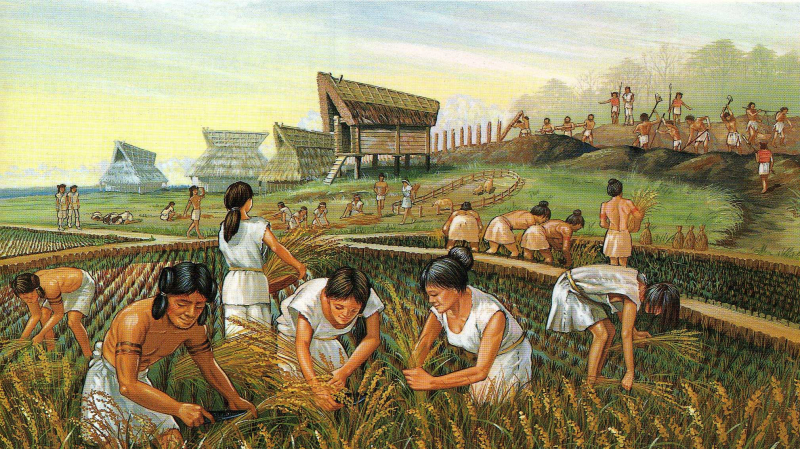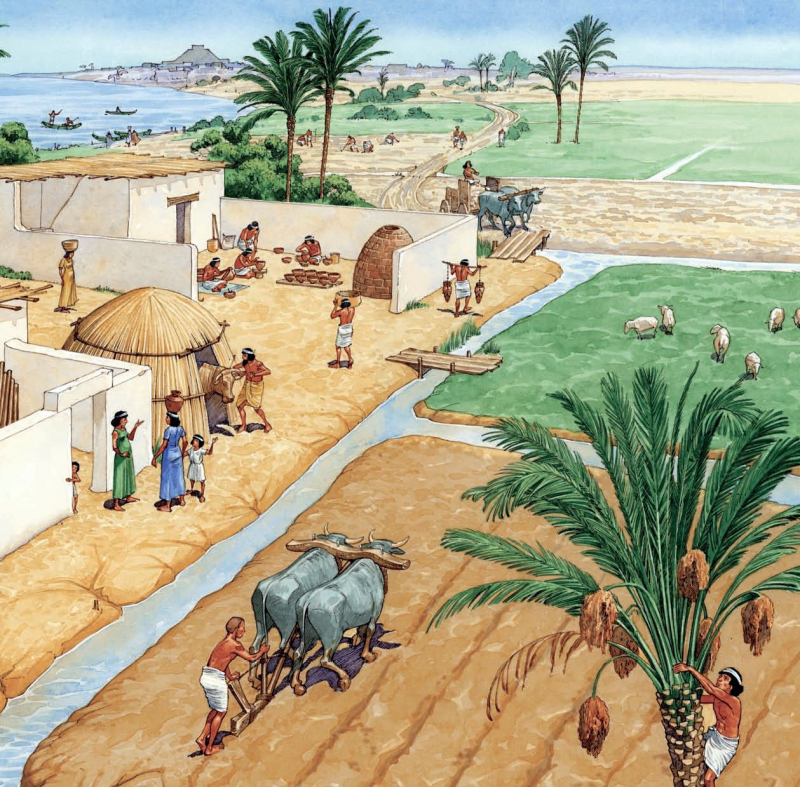Farmers, musicians, builders
According to Richard Marrison, this class primarily consisted of working-class individuals such as farmers, musicians, builders, artisans, carpenters, prostitutes, and butchers. These people were the ones who kept the city running by going about their daily lives. Everyone had varied responsibilities that made their lives easier.
Artisans, for example, played important roles in this civilization's culture since they were highly qualified and made items that were necessary for their everyday lives. Pots, cloths, weapons, baskets, dishes, and works of art worthy of pleasing gods were among the creations.
The majority of the population (about 80%) was a farmer, therefore they spent their time outside the city walls, in the fertile fields, farming crops like barley, wheat, flax, onions, figs, grapes, and turnips. These people resided in one-story mud-brick dwellings the furthest away from the ziggurat. Under the supervision of the institutions that dominated the economy: the royal and provincial palaces, the temples, and the domains of the elites, Mesopotamian farmers developed effective strategies that enabled them to support the development of the first states, first cities, and then the first known empires. They mostly farmed cereals (especially barley) and livestock, although they also farmed legumes, date palms in the south, and grapes in the north.








